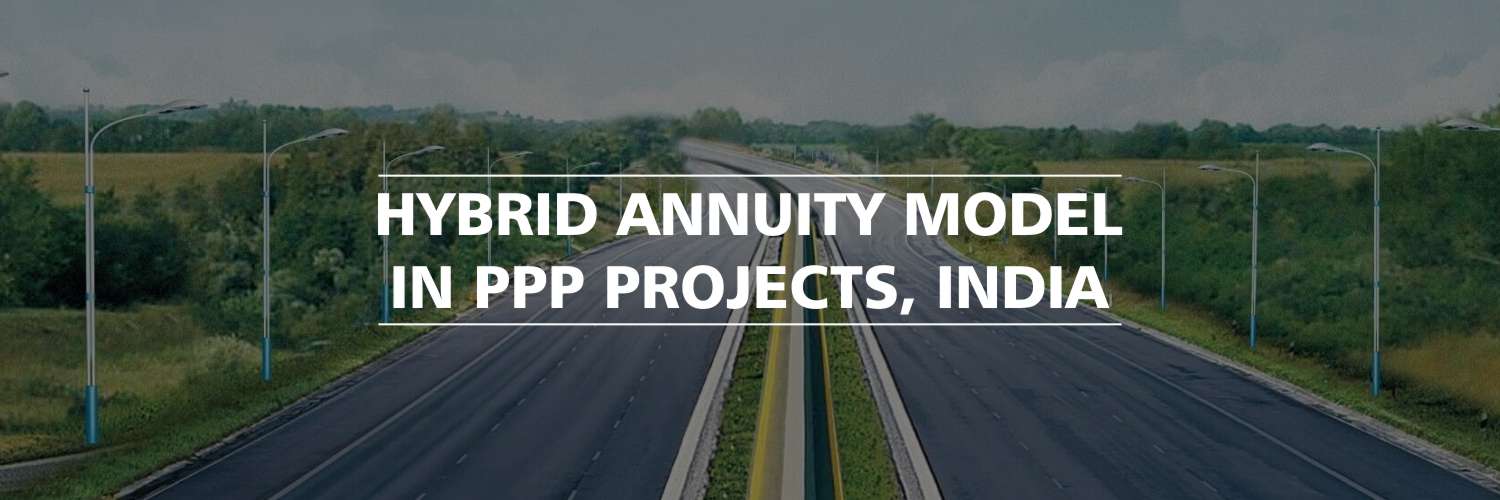- Courses
- GS Full Course 1 Year
- GS Full Course 2 Year
- GS Full Course 3 Year
- GS Full Course Till Selection
- Answer Alpha: Mains 2025 Mentorship
- MEP (Mains Enrichment Programme) Data, Facts
- Essay Target – 150+ Marks
- Online Program
- GS Recorded Course
- NCERT- First Ladder
- Polity
- Geography
- Economy
- Ancient, Medieval and Art & Culture AMAC
- Modern India, Post Independence & World History
- Environment
- Governance
- Science & Technology
- International Relations and Internal Security
- Disaster Management
- Ethics
- Current Affairs
- Indian Society and Social Issue
- CSAT
- 5 LAYERED ARJUNA Mentorship
- Public Administration Optional
- ABOUT US
- OUR TOPPERS
- TEST SERIES
- FREE STUDY MATERIAL
- VIDEOS
- CONTACT US
Hybrid Annuity Model (HAM) and Its Role in Infrastructure Development
Hybrid Annuity Model (HAM) and Its Role in Infrastructure Development
31-03-2025

The Cabinet Committee on Economic Affairs (CCEA) has given the green light for the development of the Patna–Arrah–Sasaram corridor as a 4-lane access-controlled highway under the Hybrid Annuity Model (HAM).
What is the Hybrid Annuity Model (HAM)?
The Hybrid Annuity Model (HAM) is a Public-Private Partnership (PPP) framework primarily used in road infrastructure projects to ensure efficient funding, risk-sharing, and long-term sustainability.
Key Features of HAM
1. Funding Structure
- The Government funds 40% of the total project cost during the construction phase.
- The remaining 60% is financed by the private concessionaire, reducing the immediate financial burden on the public sector.
- Private players recover their investment through structured annuity payments from the government over a pre-defined period.
2. Risk and Revenue Sharing
- Unlike the Build-Operate-Transfer (BOT) model, where private players bear the toll collection risk, HAM ensures steady revenue through periodic government payments.
- It strikes a balance between EPC (Engineering, Procurement, and Construction) and BOT models, offering both assured returns and reduced financial risks for private investors.
3. Advantages Over Other Models
- Reduces upfront financial stress on the private sector.
- Ensures stable and predictable returns, making projects attractive for investors.
- Encourages private sector participation in infrastructure development while keeping public interest safeguarded.
The Patna–Arrah–Sasaram highway project under HAM is expected to boost regional connectivity, reduce travel time, and promote economic growth, setting a precedent for efficient infrastructure development through a hybrid financial model.
|
Also Read |
|
| FREE NIOS Books | |




